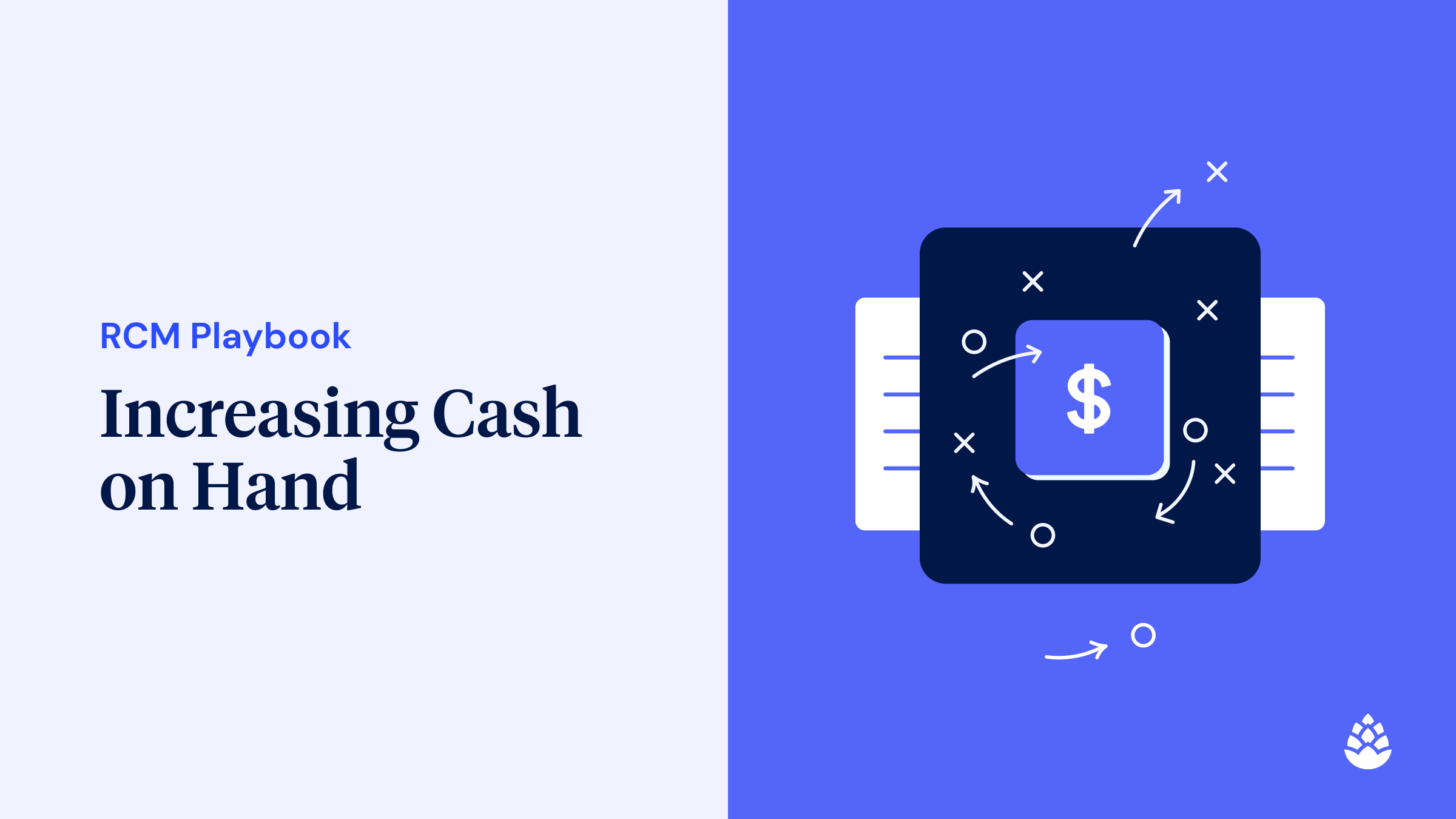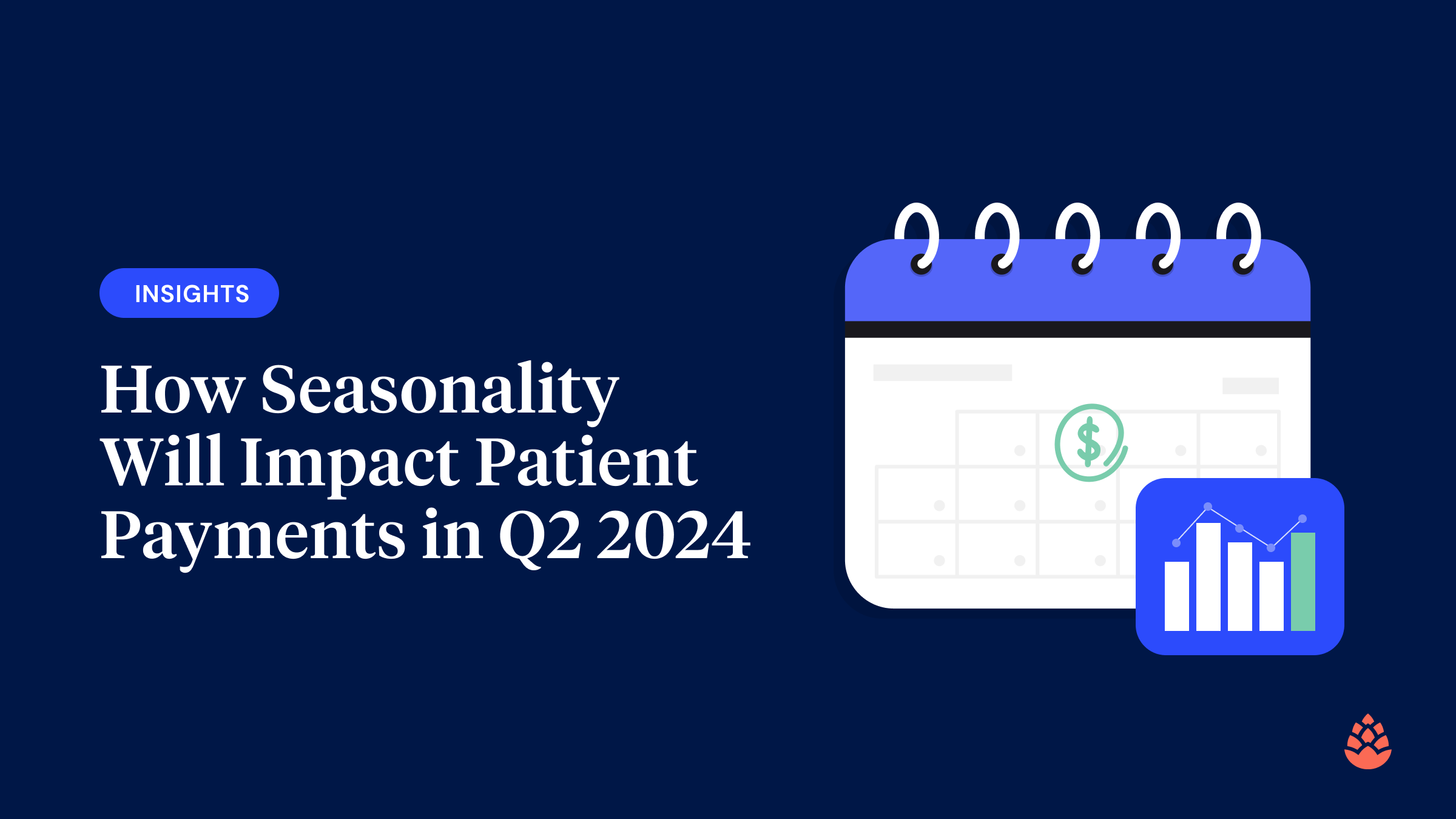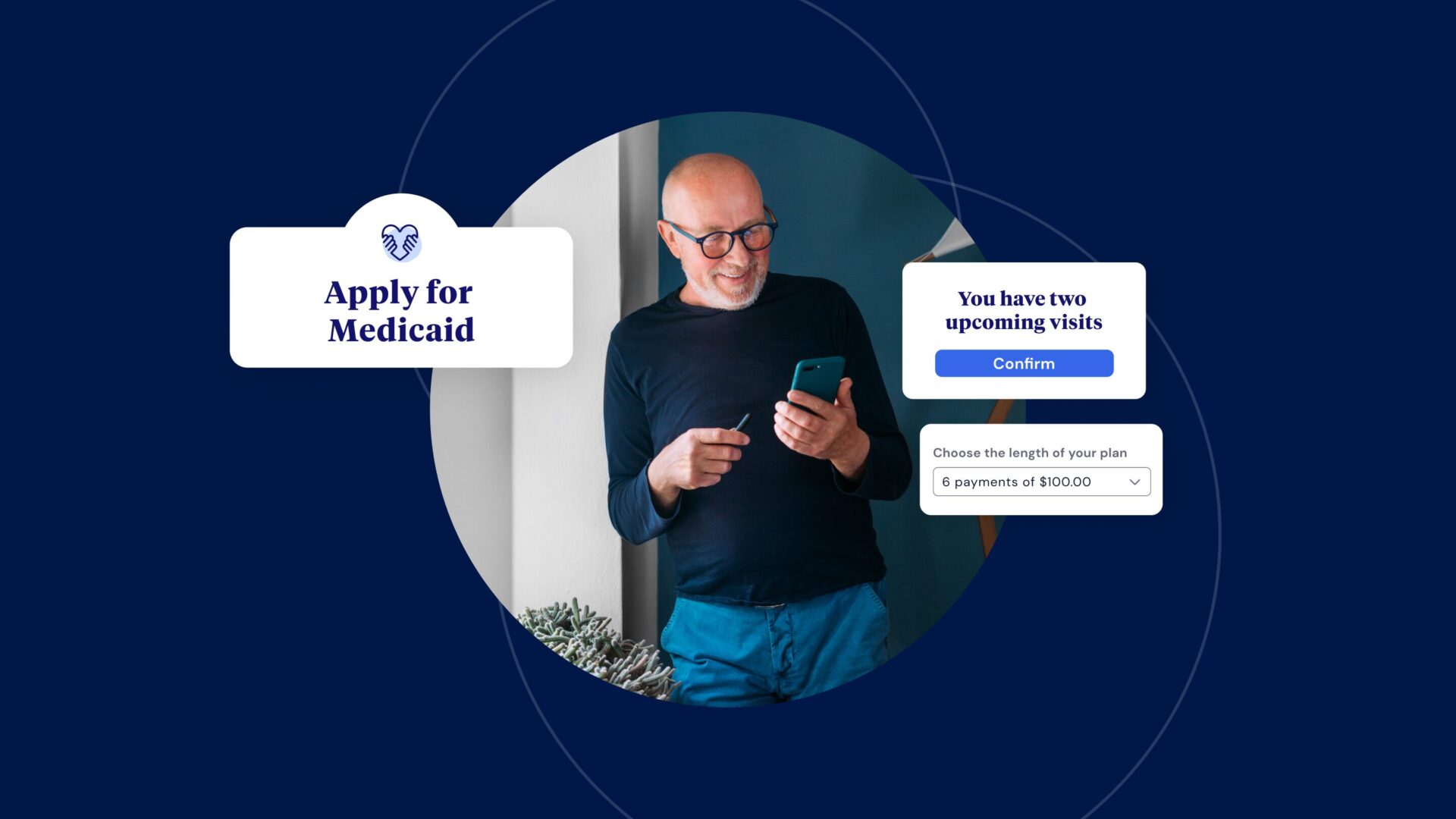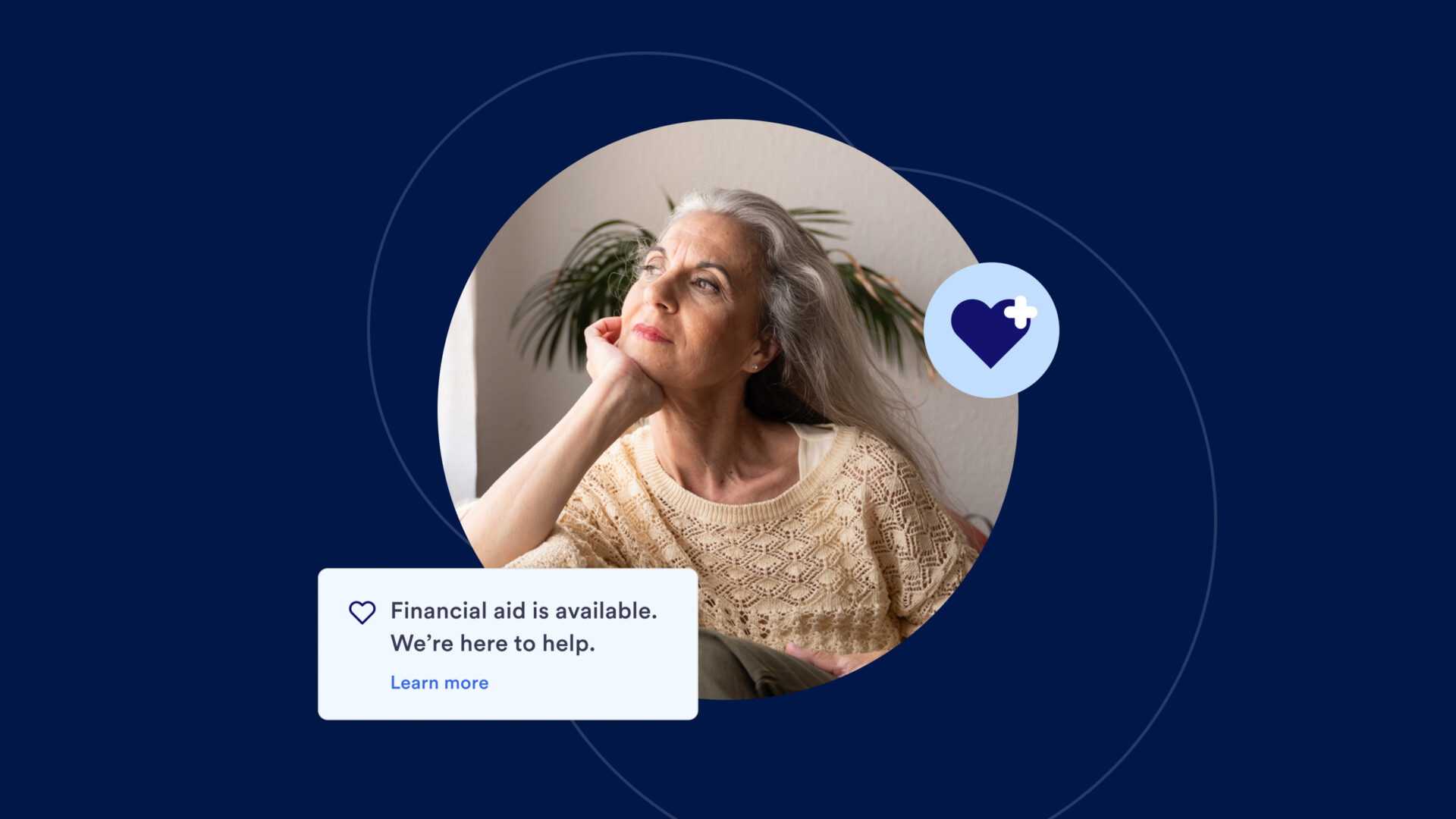From cyberattacks to market fluctuation, healthcare can be a volatile industry. And with operating margins still low, having cash on hand is imperative to weathering disruptions.
The revenue cycle was built around payer reimbursement, not patient payments. However, as patient responsibility rises, providers must reevaluate the patient financial experience and how they are engaging with their patients to improve cash flow.
Why? Because what’s unique about increased patient collections is that these dollars flow straight to the bottom line.
Here are six ways for revenue cycle leaders to unlock sustainable sources of cash flow and keep business moving forward.
#1: Consistently test and optimize your patient communications
Many providers have already implemented modern communications like SMS and email—but, adding digital touchpoints is not the same as creating engagement.
For RCM leaders looking to deliver more impactful patient experiences, increase engagement and improve collection outcomes, focused consumer testing and optimization on communications channels is a must. Experimenting with the frequency or day of the week of patient billing communications can result in incremental wins that snowball over time.
#2: Empower patients with payment plans
Payment plans may seem simple, but they are a powerful way of meeting patients where they are. Guiding patients onto personalized payment plans that work for their budget and timelines can help them with bills that otherwise might feel unmanageable—and can ensure that healthcare providers receive payment for services.
Our clients have seen collection increases by customizing payment plan workflows to meet individual patient needs, from UI adjustments to offering extended plan durations for patients with large balances.
#3: Provide personalized discounts, powered by machine learning
Using machine learning to personalize discounts at scale offers providers an avenue to fulfill their missions to serve the most vulnerable patients, without compromising financial performance. At Cedar, we observed a 10% relative increase in collection rates with self-pay patients when compared to no discount with our own model—meaning that more patients can affordably pursue the care they need.1
Beyond avoiding bad debt collections, these patients now have more money in their pockets for household expenses and may be encouraged to seek care in the future. They are also more likely to stay loyal to their provider, as 55% of consumers say that a provider’s discount policies are an important factor in their decision to return for care.
#4: Leverage digital wallets
According to The New York Times, the younger generations have spoken—digital wallets are in, regular wallets are out. As Gen X, Millennials and Gen Z get older and their healthcare utilization increases, providers should pay attention to their payment preferences.
In our research, we’ve found that consumers want to use more consumer-friendly payment options, such as Apple Pay, to pay for medical bills. When your wallet is on your phone, it’s easy to just tap and go—right to your bottom line.
#5: Take advantage of the pre-visit experience
Having a robust pre-visit collection strategy is an opportunity to bring cash in the door before your patients step foot in the door. A great real-life example of this is AnMed—after expanding their pre-visit experience, the South Carolina-based health system saw a 15% increase in patient payments.2
Offering an upfront fixed price (carefully selected based on predictability in cost) and surfacing outstanding balances creates cost certainty for patients and accelerates upfront revenue for providers. By providing an upfront fixed price and making it easy for patients to resolve copays, estimates and outstanding balances prior to visits, providers can shift the paradigm from “what you may owe” to an upfront fixed price, ultimately providing a differentiated pre-visit financial experience for patients and higher collections for providers.
#6: Don’t forget about cash-pay patients
The rise of high-deductible health plans have left patients shouldering a great percentage of their medical bills. At the same time, almost one in 10 Americans are uninsured. That’s why self-paying, or cash-pay, patients account for 11% of U.S. healthcare costs.
While approaches such as discounting, payment plans and guaranteed estimates help unlock cash flow from all types of patient populations, proactively marketing these offerings can attract self-paying patients—and providers don’t have to wait for reimbursement from insurance companies.
Preparing for unknowns
There’s no way to predict the next event to turn the healthcare industry upside down, but there is no doubt that modern and flexible financial engagement can help health systems ensure they have the cash on hand to stay afloat in times of crisis.



